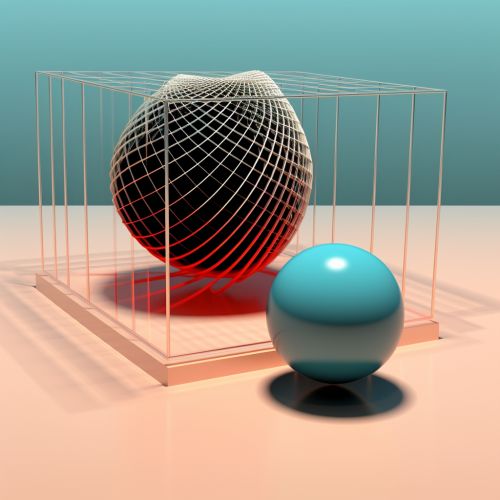Vector (mathematics and physics)
Definition and Overview
A vector in the fields of mathematics and physics is a geometric object that has both a magnitude (or length) and direction. Vectors can be added to other vectors according to vector algebra. A vector is what is needed to "carry" the point A to the point B; the Latin word vector means "carrier". It was first used by 19th century mathematicians and physicists such as James Clerk Maxwell to describe quantities that behave in a similar manner to displacements when added and when multiplied by numbers, also known as scalars.
Mathematical Properties
Vectors are fundamental in the physical sciences. They can be used to represent any quantity that has both a magnitude and direction, such as velocity, the speed of something in a given direction. More generally, vectors are elements of a vector space, which is a set of objects called vectors, having operations among them defined to satisfy certain axioms. In Euclidean space, a point is represented by a vector that leads from the origin (fixed point) of the space to that point.
Vector Addition
Vector addition is the operation of adding two or more vectors together into a vector sum. The so-called parallelogram law gives the rule for vector addition of two or more vectors. For two vectors A and B, the vector sum A+B is obtained by placing them head to tail and drawing the vector from the free tail to the free head. In Cartesian coordinates, vector addition can be performed component-wise according to the rule (a, b) + (c, d) = (a+c, b+d).
Vector Multiplication
There are two types of vector multiplication: the scalar product (also called the dot product or inner product) and the vector product (also called the cross product). The scalar product of two vectors results in a scalar, while the vector product results in another vector.
Vector Spaces
A vector space (also called a linear space) is a collection of objects called vectors, which may be added together and multiplied ("scaled") by numbers, called scalars in this context. Scalars are often taken to be real numbers, but one may also consider vector spaces with scalar multiplication by complex numbers, rational numbers, or generally any field. The operations of vector addition and scalar multiplication must satisfy certain requirements, called axioms, listed below.
Physical Interpretation
In physics, vectors are used to represent physical quantities that have both magnitude and direction. Examples of such quantities include displacement, velocity, acceleration, and force. In the context of special relativity, four-vectors generalize vectors from three-dimensional Euclidean space to four-dimensional Minkowski space.
See Also


